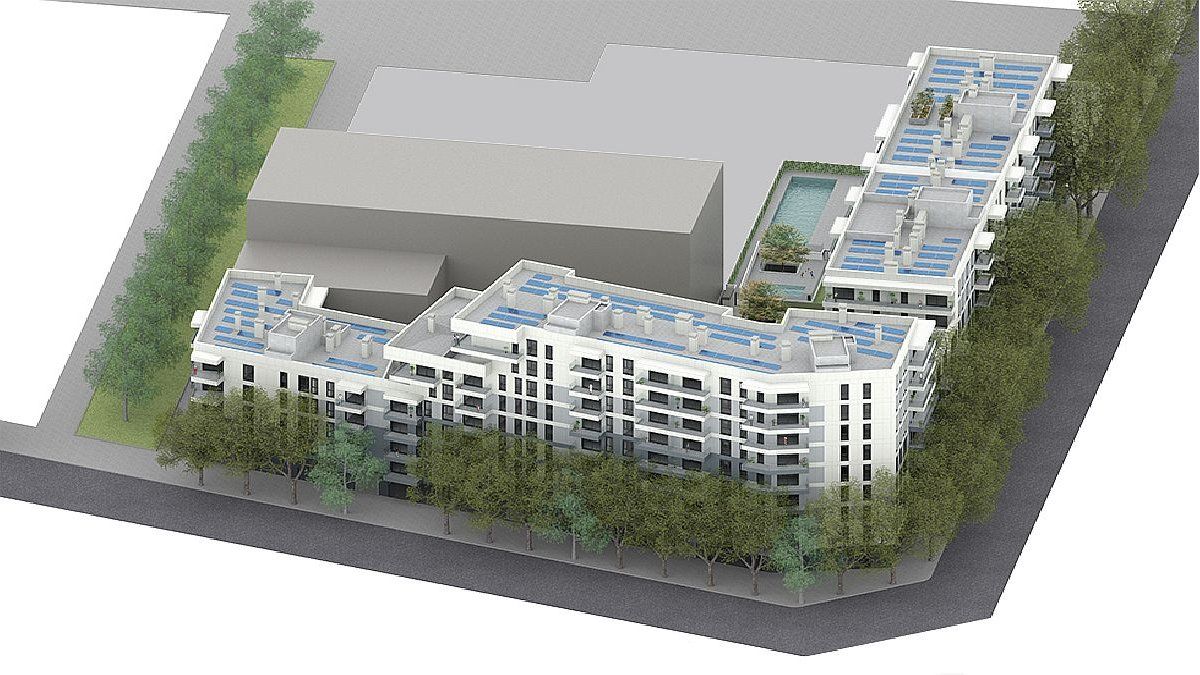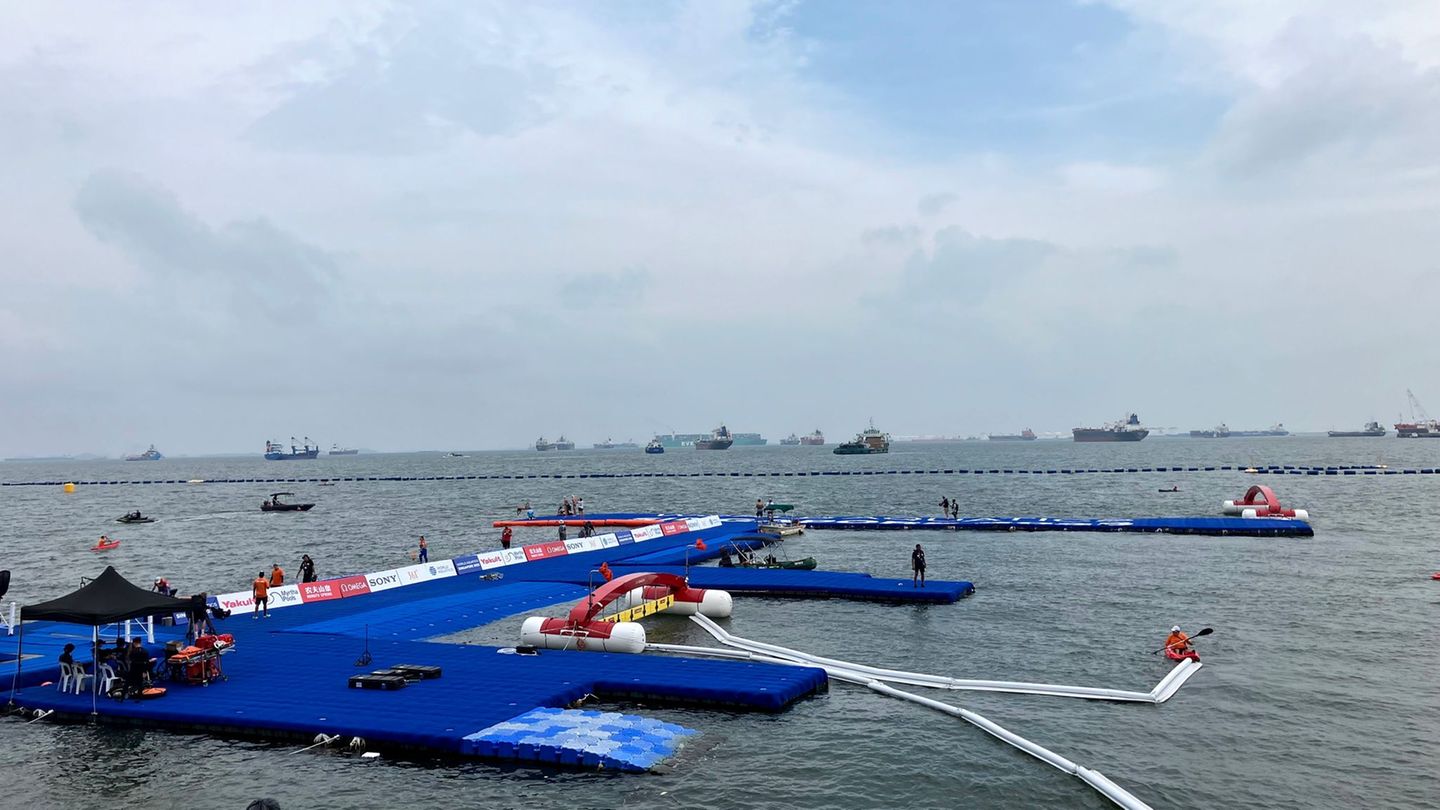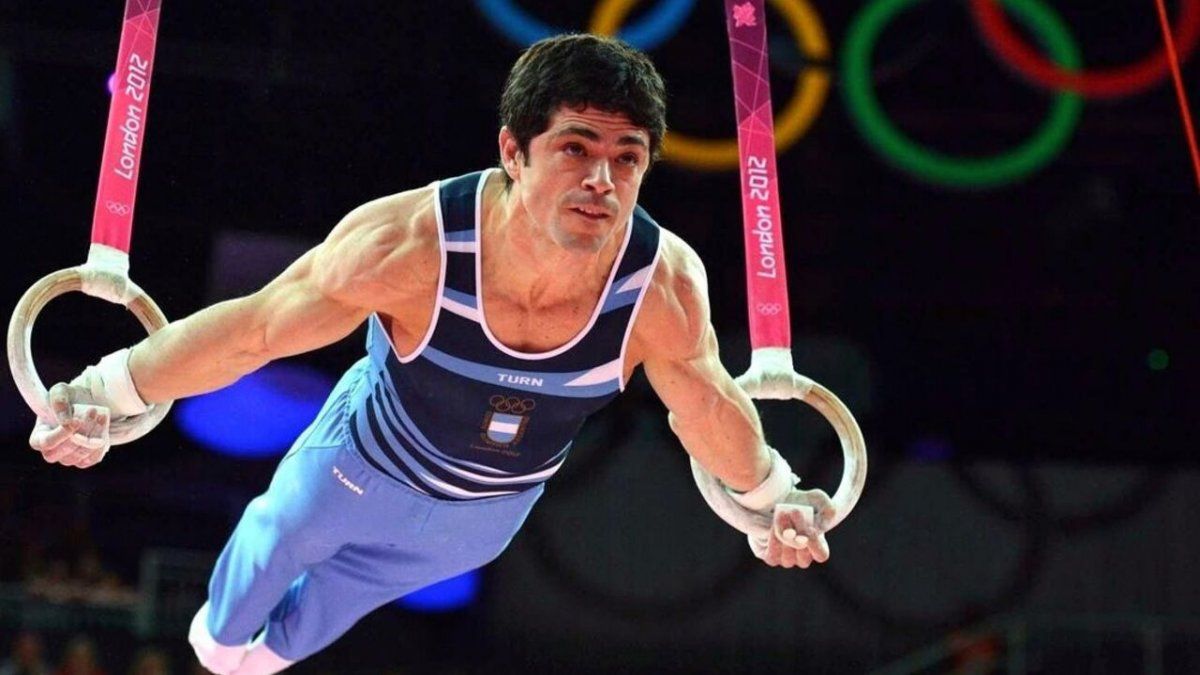From the first week I realized that I really knew very little about sustainability (or sustainability, as they say here). I began to learn many new concepts such as passive and active strategies, the reduction of energy demand, the thermal transmittance of the envelope, energy simulations, thermal bridges, among many other topics, which made me realize that I was making many mistakes. .
image.png
Also, that I was thinking about the projects from the same perspective as always but adding one or two things that made them more “green”, when, in reality, What you have to do is think about the project directly from another perspective or paradigm. In other words, approach each project with different strategies that allow comfort to be achieved with the least possible energy and satisfy that demand with efficient strategies and the incorporation of renewable energies. The other It’s Green Washing!
Shortly after starting to study, I started working in the studio of one of my professors and I was able to start putting almost all these concepts into practice. This study is B01 Architects, in which five years later I am still working and since this year, as a partner. We are a study specialized in sustainability and each project we do, regardless of its size or type, we approach it from its conception, from a perspective of sustainability, energy efficiency and respect for the environment.
In this context, I can say that sustainability today, more than a trend, is an obligation.
40% of global energy consumption and more than 35% of global carbon emissions are directly related to the construction industry. In other words, our footprint is very large, and it is logical because we live and work in buildings that, if they are not well built, consume and emit a lot. In other words, if we, the architects, do not change the way we build, nothing will improve..
image.png

This has been known for a long time and even the UN signed the famous Paris Agreement in 2015, with 196 countries in the world, among which is Argentina. Basically, this agreement consists of a commitment by all to reduce global warming to 1.5oC and reduce CO2 emissions to neutrality in 2050. The thing is that not all countries have really committed themselves and that is where I see that Europe has quite an advantage over us, because they directly force you to improve construction in buildings.
Main differences between Argentina and Europe
In Spain, for example, there is a basic energy saving regulation, which requires building in a certain way. It forces you, for example, to meet thermal transmittance values in ceilings and facades according to the different climatic zones, which is impossible to achieve without incorporating insulation. Likewise, double or triple glass carpentry with frames with thermal bridge break must be incorporated, or even to incorporate renewable energies for a percentage of the energy demand of the buildings.
This regulation must always be complied with and it is not enough to intuit or incorporate one thing or another. Otherwise, the projects are not approved.
In Argentina -and I am talking about five years ago, perhaps today something has changed- it happened to me that both from the point of view of the architect and the client, we used to think with our pockets and in the short term. So we believe the myth that sustainable architecture is very expensive or unattractive, when in reality it is not…
Obviously, if our base is to build with an exterior load-bearing wall of 18, with a monolayer cladding and aluminum windows with simple glass, it will be more expensive, but if we force ourselves to raise the bar, either because the regulations ask us to or because we ourselves push the change, there is no longer going to be much economic difference between building well or doing it very well. And if in addition, we take into account the ENTIRE life cycle of the building, not only the construction stage, which is the initial investment, but also the maintenance stageand we managed to reduce the energy demand of the buildings to very low levels, the account is already closed everywhere.
Sustainable architecture is not a trend. It is our duty and an obligation, and all of us, wherever we are, should follow that path.
Architect. Partner at B01 Arquitectes (Barcelona) for Landhi.
Source: Ambito




